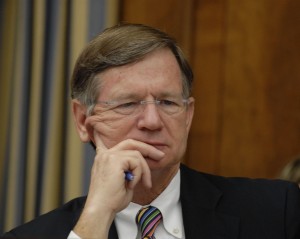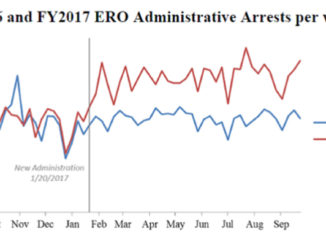
If done properly, an enhanced USMCA temporary entry regime can help America swiftly respond to economic shifts, bolster the economy of its smaller communities, improve national security, and, of course, expand cross-border trade in goods and services.
The United States labor market is in the midst of a series of dramatic shifts. Fewer people are working. The labor market participation rate has fallen to 62.2% from 67.3% in January 2000. Millions of workers have been retiring or otherwise leaving the labor market while, in many professions, the younger generation has not been filling in behind them. The number of job vacancies has been above 10 million for the past 15 months, according to government data through September 2022. In the years before the COVID pandemic, the Bureau of Labor Statistics reported that the number of job openings averaged about 7 million at any given time.
As employers fail to find the workers they need, projects are delayed, and the United States does not advance to the extent that it should economically or technologically. Immigrant and nonimmigrant workers are a key driver of American economic vitality. Quantitative data shows conclusively that immigration creates U.S. jobs and wealth. Nonimmigrant programs, such as the TN visa also known as the United States–Mexico–Canada Agreement (USMCA) visa, can play an important role in getting willing workers into open jobs, particularly where there are shortages.
How the United-States-Mexico-Canada Agreement can address U.S. labor market mismatches



